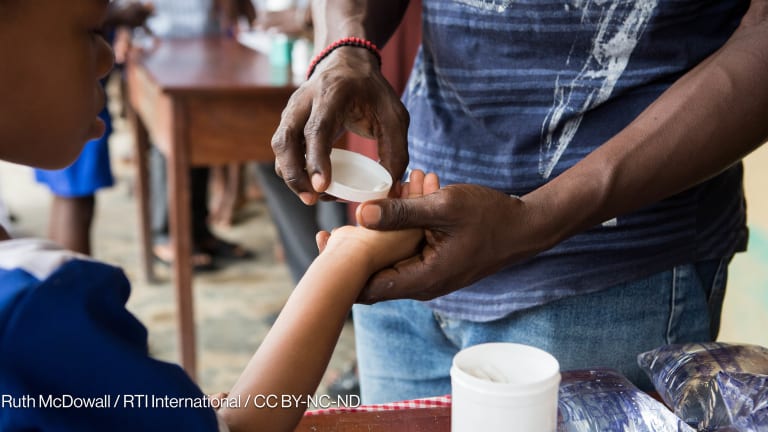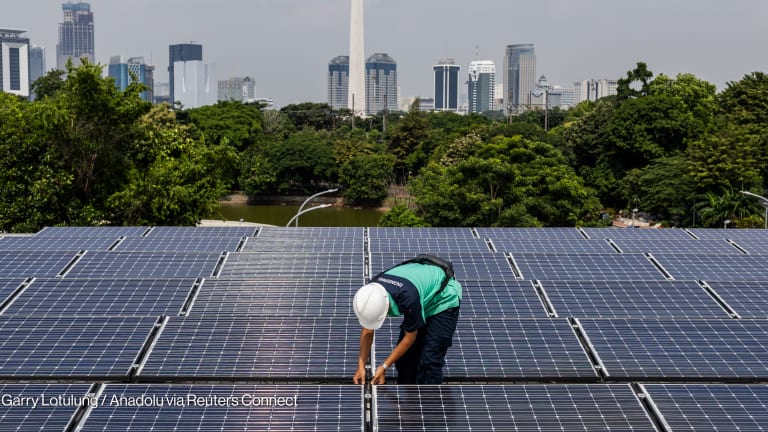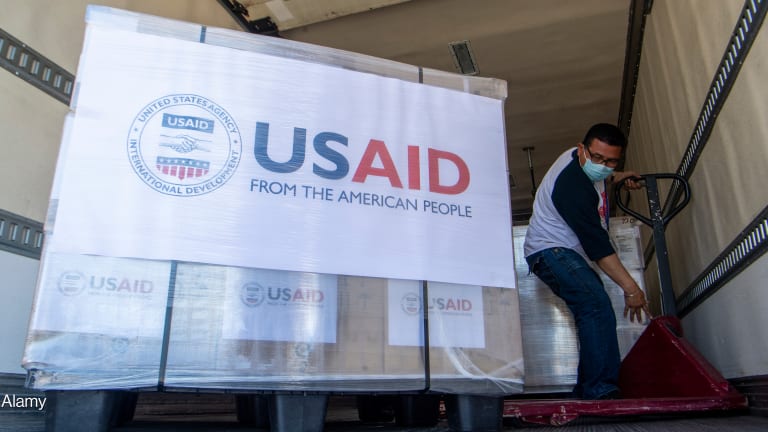
Japan’s 9.0-magnitude earthquake and ensuing tsunami and nuclear crisis have raised questions about how best to help a country more accustomed to providing disaster assistance than receiving it. While there is little disagreement that the international community should come to assist Japan’s disaster response and recovery, the aid community has varied its approach.
Some experts say the country, with its existing disaster response capacity, should be left to lead recovery and reconstruction efforts, with the international community limiting its role to providing support in the form of equipment and technical assistance. Moreover, many international groups have not deployed foreign staff to Japan and are instead raising money to send to their local partners.
>> Japan’s Triple Disasters Elicit Unique Response from Aid Community
Cash donations to reputable organizations with Japanese partners is “the best way to respond,” Joel Charny, vice president of InterAction, a network of U.S.-based international relief and humanitarian organizations, writes in The New York Times. “Volunteers and bulk shipments from abroad, while well intentioned, will hamper the response by demanding precious time to organize and clogging runways, roads and other transport infrastructure,” he explains.
Some experts recommend nuclear-related assistance as Japanese officials and engineers race to prevent potentially fatal and disastrous meltdowns of nuclear reactors at a damaged plant in the Fukushima prefecture.
“It’s natural to want to send money, food, blankets and the like to the survivors. But for now, what may be most urgently needed is all possible assistance and expertise in bringing the situation at the nuclear facilities under control,” says Patrick McKenzie, who owns a software business in Japan.
Katsuhiko Shirai, who leads the Washington-based U.S.-Japan Research Institute, says those with knowledge and experience of the partial meltdown at Pennsylvania’s Three Mile Island plant would be particularly useful in helping analyze the situation in Japan and developing the best ways to respond to the emergency.
The U.S. military should also prepare to “airlift portable radiation decontamination units, anti-radiation sickness pills, including iodine, and any other items needed for protection from elevated levels of radiation that the Japanese government might request,” Michael Auslin of the American Enterprise Institute, says.
Meanwhile, Takashi Inoguchi, president of the University of Niigata Prefecture, is urging the international community to plan ways to support the young people affected by earthquake and tsunami. This support could be in the form of scholarships and education programs that would encourage them to study abroad, learn new languages or other similar skills, says the .
Japan’s disasters have elicited support from non-traditional members of the international community as well. A global non-profit group representing the international research-based pharmaceutical industry said it has sent approximately $37 million worth of assistance to Japan. Most of the aid was donated in cash to various international organizations raising funds for the relief operations in the earthquake and tsunami-stricken country, the International Federation of Pharmaceutical Manufacturers & Associations said.
Further, North Korea leader Kim Jong Il has reportedly sent $500,000 for ethnic Korea residents living in Japan while the Pyongyang Red Cross Society donated $100,000 to its counterpart in Japan, The Associated Press reports.
Read more development aid news.








